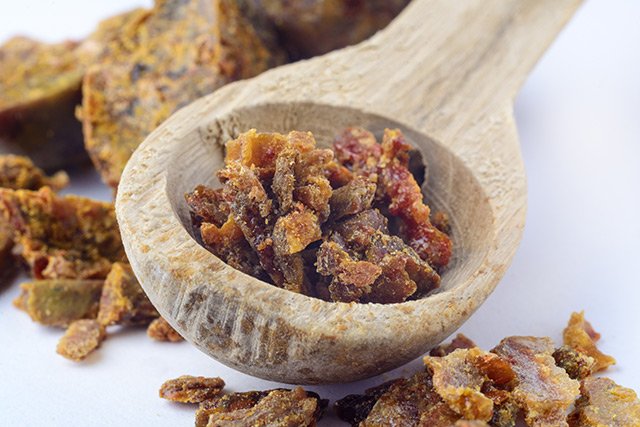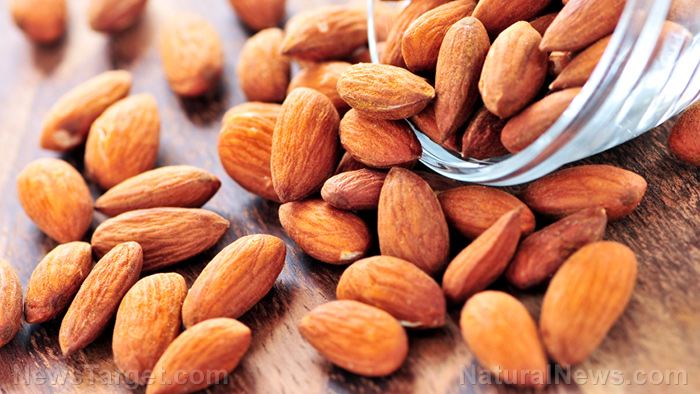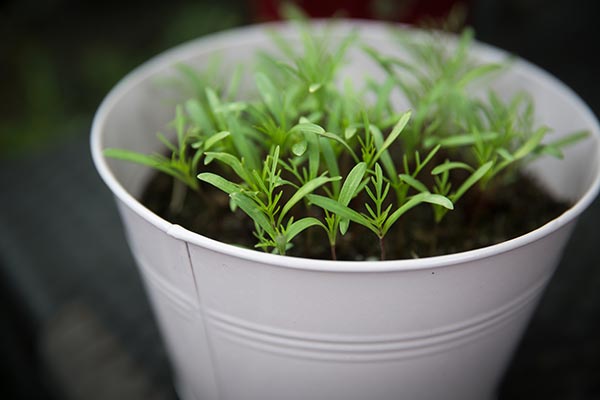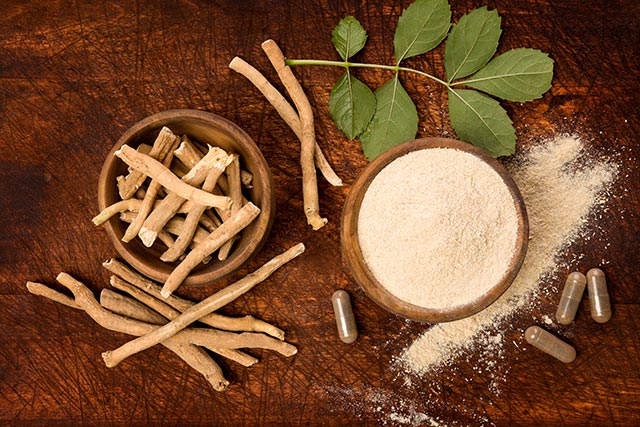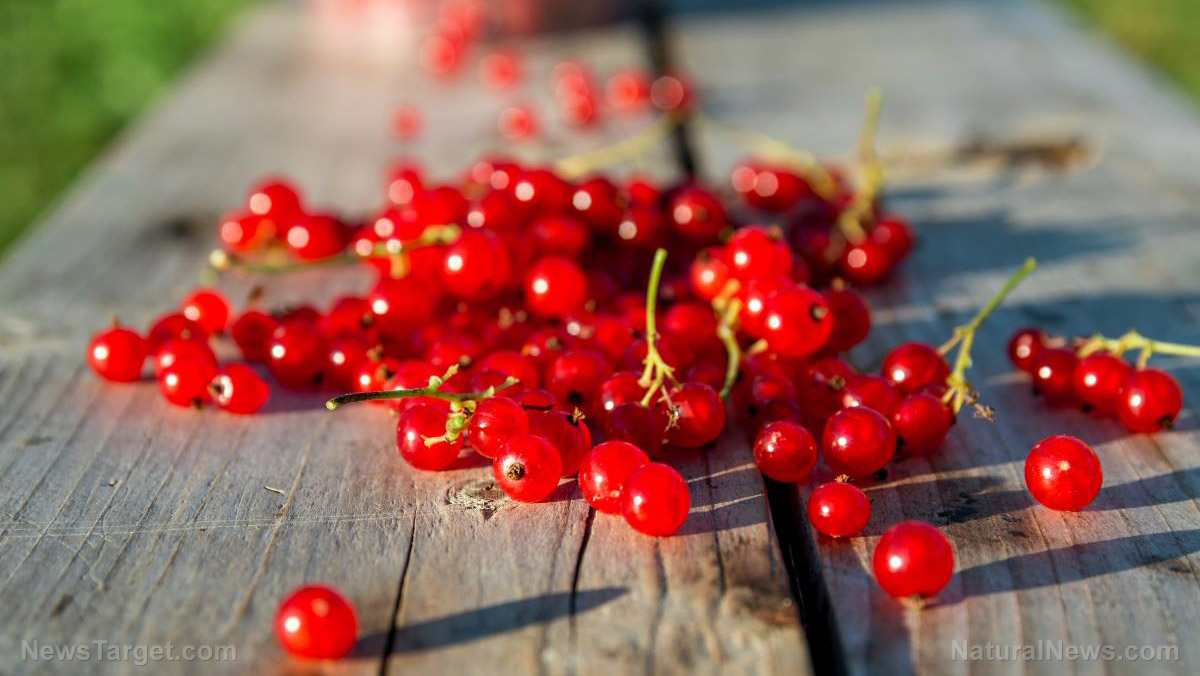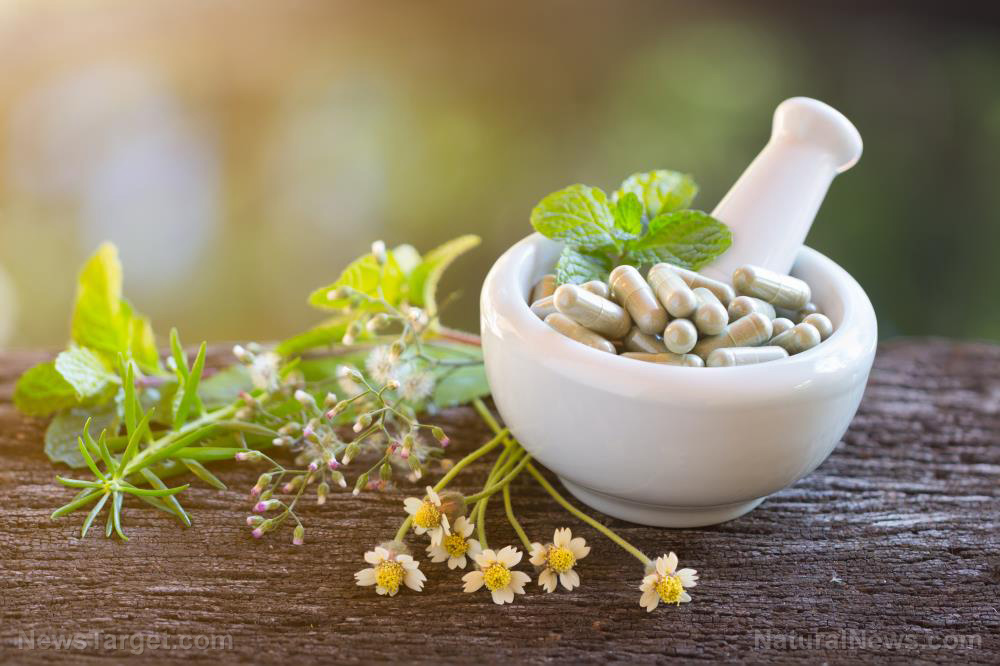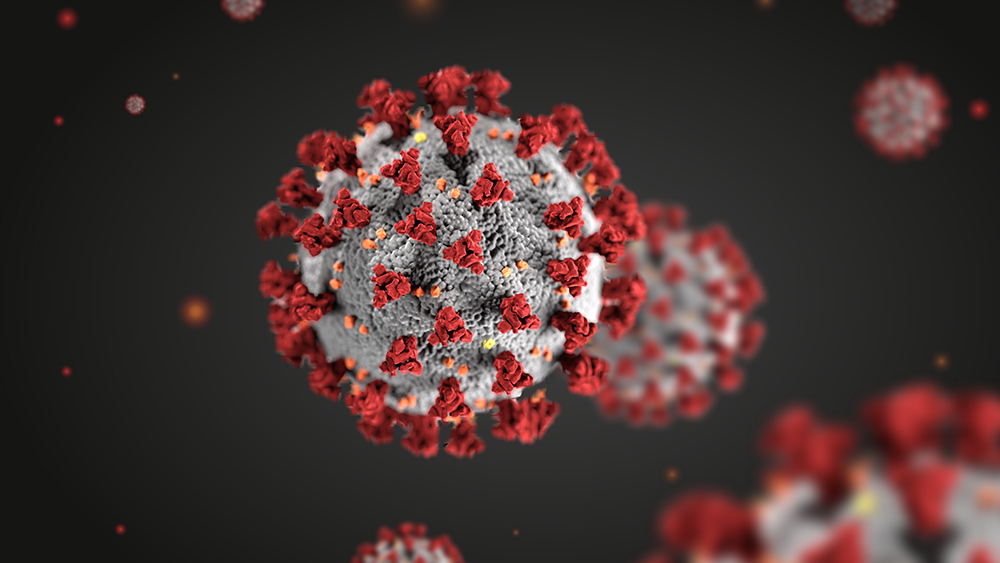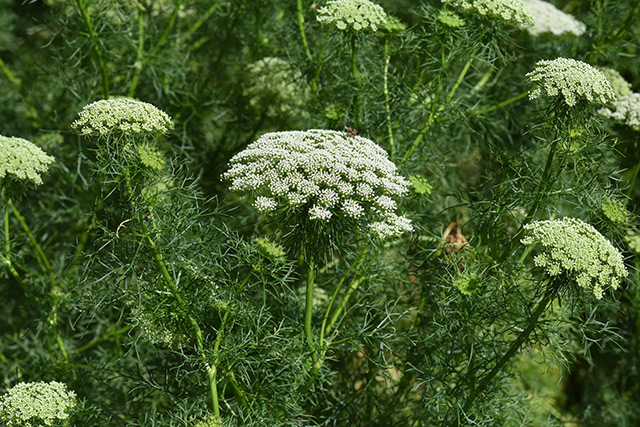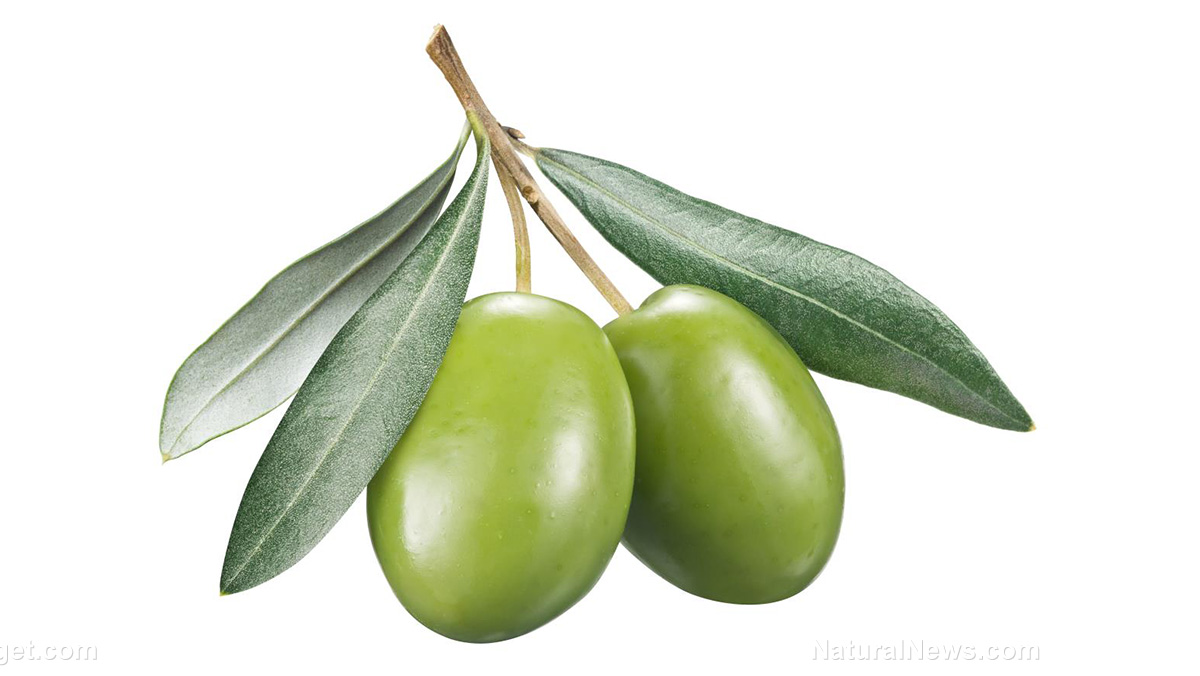Don’t let the name fool you: Skunkbush sumac is a potent medicinal plant with anti-cancer properties
06/25/2020 / By Evangelyn Rodriguez

In the fields of science and medicine, plants are not only valued because of their capacity to prevent and treat diseases, but also because they produce active compounds that have the potential to be developed into new medicines.
A large number of drugs sold on the market today and used as clinical treatments were developed directly from plants. Some examples include the anti-malaria drug quinine, which came from Cinchona officinalis or lojabark; the analgesic morphine from Papaver somniferum or opium poppy; and the anti-cancer drug paclitaxel, which came from Taxus brevifolia or the Pacific yew.
In a recent study, Mexican researchers looked at the biological activity of a local medicinal plant Rhus trilobata, also known as skunkbush sumac or sourberry, against colorectal adenocarcinoma. They also analyzed its phytochemical content and toxicity to determine if any of its active components has the potential to become a new anti-cancer medicine. The researchers reported their findings in an article published in the journal BMC Complementary and Alternative Medicine.
Skunkbush sumac has selective anti-proliferative activity against colon cancer cells
Skunkbush sumac is a flowering and fruit-bearing shrub that’s native to Mexico, where it is traditionally used as an alternative medicine for various types of cancer. In North America, Native Americans valued skunkbush sumac for its astringent properties and used it to treat different ailments.
Its berries, for instance, are eaten to relieve stomach problems and toothache. They are also dried and ground into a powder to treat smallpox pustules. Skunkbush sumac leaves, on the other hand, are used to treat head colds and itches or used to make a decoction that can induce impotence. Meanwhile, its root bark is said to be an effective remedy for colds and sore gums and can even be used as a deodorant.
But despite its widespread use as a traditional medicine, scientists know very little about the phytochemical content and toxicity of skunkbush sumac to cells. To address this, the researchers prepared an aqueous extract (AE) and a concentrated flavonoid fraction (FF) from the stems of skunkbush sumac. They then evaluated the biological activity of both samples on colorectal adenocarcinoma (CACO-2), ovarian epithelium (CHO-K1) and lung/bronchus epithelium (BEAS-2B) cells. (Related: Arctii fructus found to inhibit colorectal cancer cell growth.)
The researchers also gave female mice 200 mg/kg of either AE and FF to evaluate the toxicity of both samples; they took note of its effects 24 hours and 14 days after administration. Afterward, the researchers performed histopathological and phytochemical analyses to assess biochemical markers of toxicity and identify the active compounds in skunkbush sumac, respectively.
The researchers reported that AE and FF at five and 18 mcg/mL decreased the survivability of CACO-2 cells, inducing changes in cell morphology as well as apoptosis. Anatomical and histological analyses of mice organs did not reveal important pathological lesions at the time of assessment. Biochemical markers of toxicity remained normal and did not differ between the treatment and control groups 24 hours and 14 days after treatment.
The researchers found a total of 173 plant compounds in AE, primarily flavonoids, fatty acids and phenolic acids. The most abundant compounds in AE and FF were quercetin and myricetin glycosides, methyl gallate, epigallocatechin-3-cinnamate, B-PGG, fisetin and margaric acid. According to the researchers, these compounds may be responsible for the anti-cancer activity shown by skunkbush sumac.
Based on these findings, the researchers concluded that skunkbush sumac is a selective anti-cancer agent that does not cause toxicity in healthy cells.
Read up on other anti-cancer medicinal plants at Anticancer.news.
Sources include:
Tagged Under: alternative medicine, anticancer, cancer cures, cancer treatment, food cures, food is medicine, fruits, functional food, natural cures, natural medicine, phytonutrients, plant medicine, remedies, research, skunkbush sumac, sourberry
RECENT NEWS & ARTICLES
Natural.News is a fact-based public education website published by Natural News Features, LLC.
All content copyright © 2018 by Natural News Features, LLC.
Contact Us with Tips or Corrections
All trademarks, registered trademarks and servicemarks mentioned on this site are the property of their respective owners.

